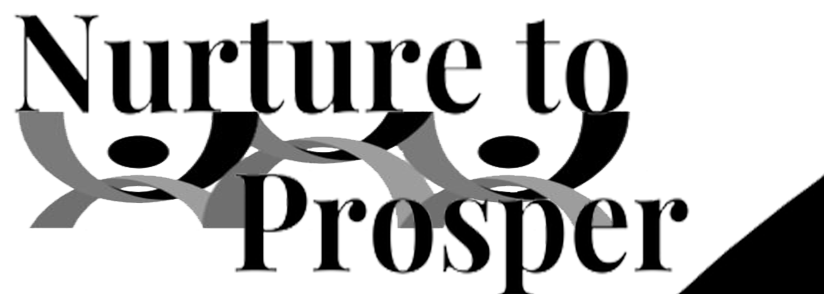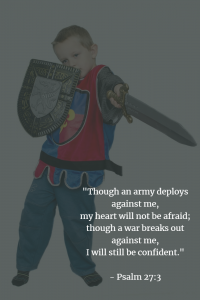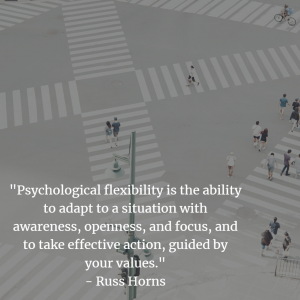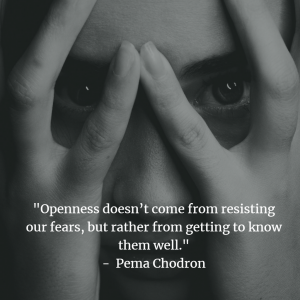Cultivating Openness: Embracing Fear as a Pathway to Transformation
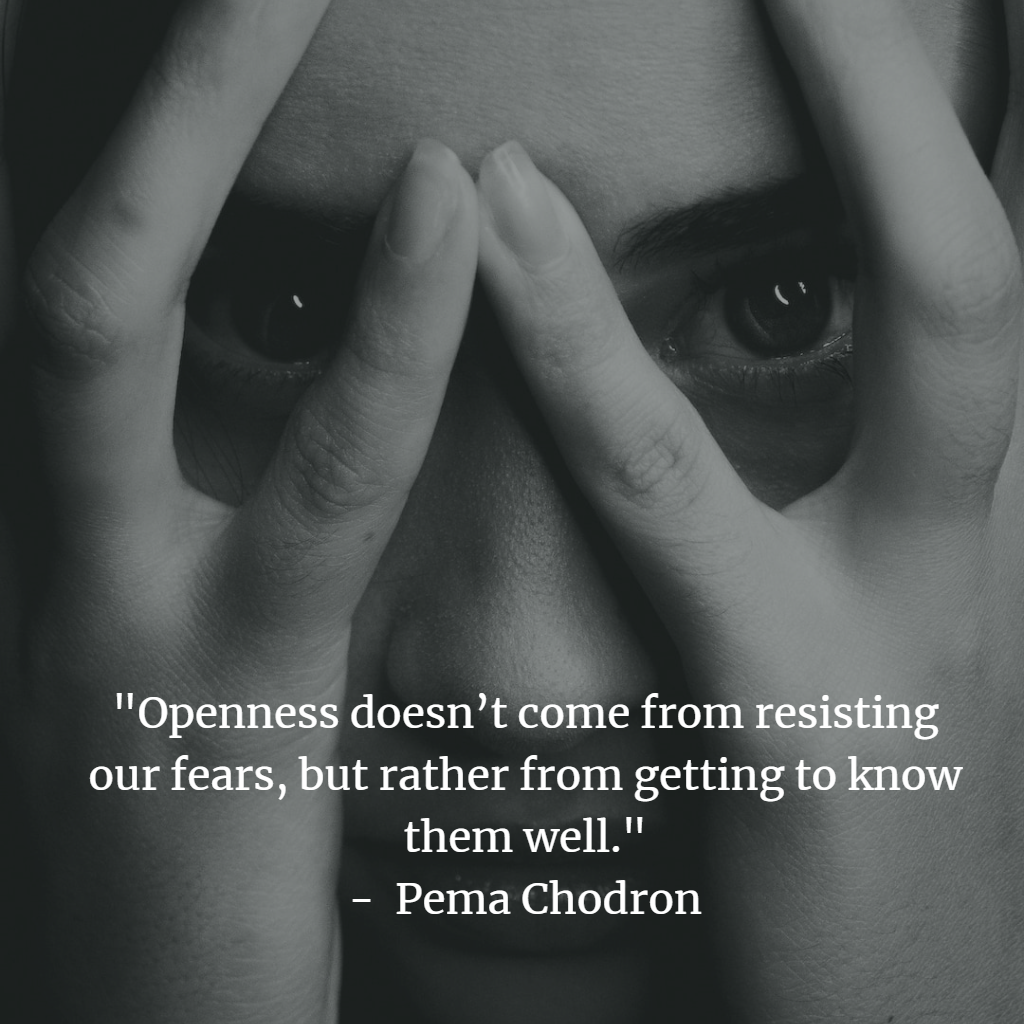
Another path that contrasts with openness is closeness, which arises when one attempts to shield oneself due to apprehensions about the unknown. The apprehension of “what if” or “what might happen” fuels fear, prompting the fight-or-flight response when certain situations arise, influencing one’s inclination towards openness. How does your child react to fear, and how does it connect with their openness? Does your child resist fear, associating it with being open-minded?
Reflecting on a piece I read about an African animal known as the impala, I recall how it can be confined within a zoo enclosure featuring a mere 3-foot barrier. Astonishingly, this creature can leap to heights exceeding 10 feet, covering distances of over 30 feet. It’s perplexing why such an animal is enclosed by a wall significantly lower than its jumping capability, roughly one-third of what it can leap without any restraints. The rationale offered is that this animal lacks an open mindset—it refrains from jumping if it cannot anticipate where it will land. The animal shies away from confronting the fear of the unknown instead of embracing the opportunity to familiarise itself.
Translating this perspective of openness to human interactions and societal context, we witness individuals grappling with their fears. Much like the impala, many are grappling with operational fears, like the uncertainty of leaping into the unknown landing. Then there are social fears, concerning how they will engage with others situated beyond the wall. This inclination can transform your child into a worrier—worriers are averse to uncertainty, seeking definitive clarity. However, it’s important to note that your child cannot fully control uncertainty, and worrying only exacerbates the situation. Yet, if you guide your child to comprehend the situation and explore it thoroughly, fear can diminish. This cultivates openness within your child, enhancing their ability to flourish when unexpected circumstances arise. Picture the impala embracing the fear of the landing path, opting to leap 10 feet parallel to the wall for 30 feet, all while observing the landing spot over the wall—this transforms the narrative entirely. Armed with new knowledge, the impala liberates itself from captivity. Similarly, your child will face comparable scenarios while growing up, and embracing openness will open doors to novel opportunities.
This introduces the concept of perspective positioning from a radical standpoint. You can instil in your child the act of confronting fear through the lens of choice and position. Just like the impala, altering its perspective of the landing environment behind the wall leads to liberation, the same transformation awaits your child. Aligning with the quote, guide your child to embrace openness and scrutinise situations from diverse positional viewpoints, thereby unlocking fresh opportunities. Nurturing your child to be primed for recognizing new pathways, to seek, harness the power of knowledge, and discern where altering perspectives or transformations are attainable.
